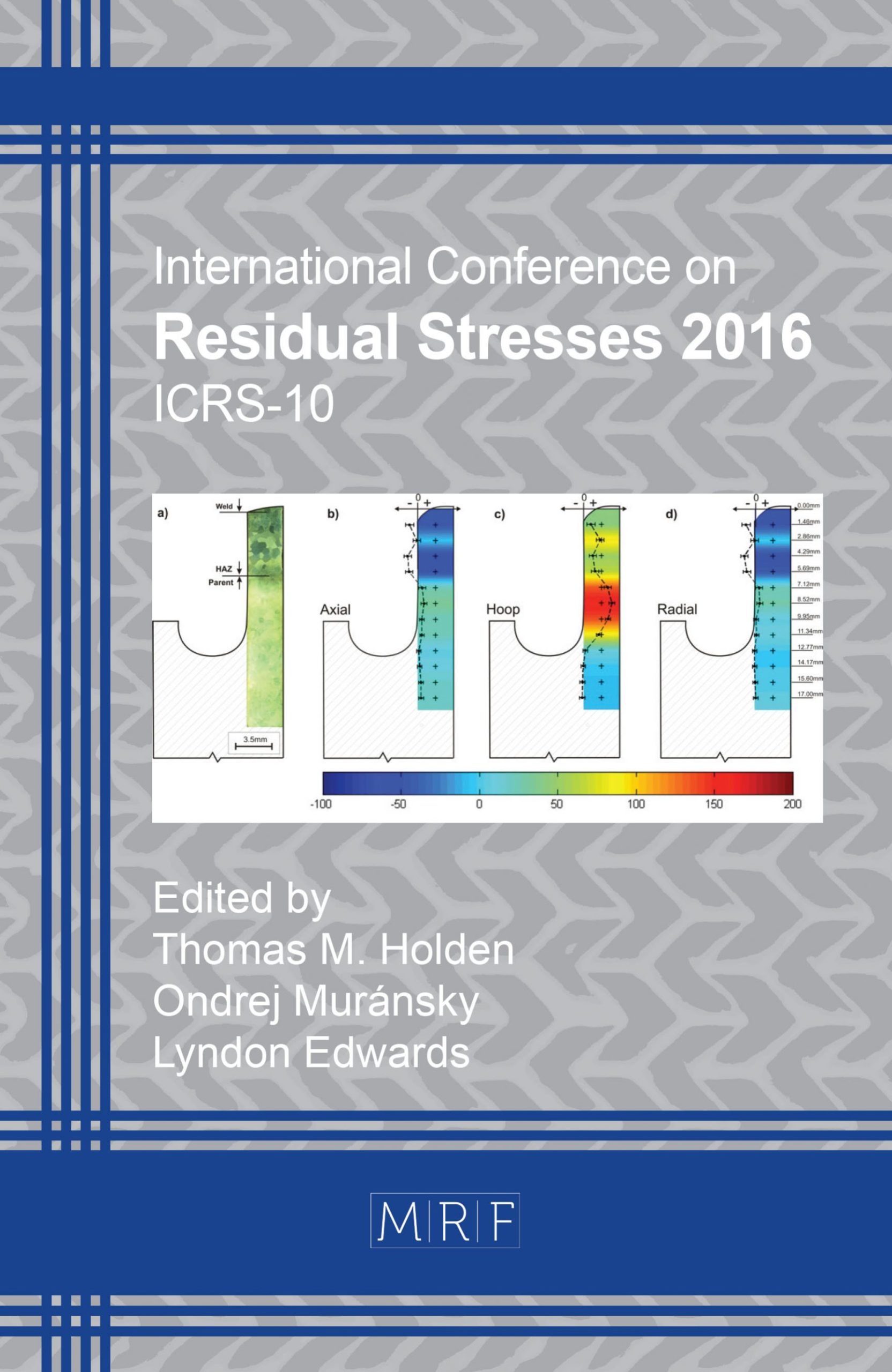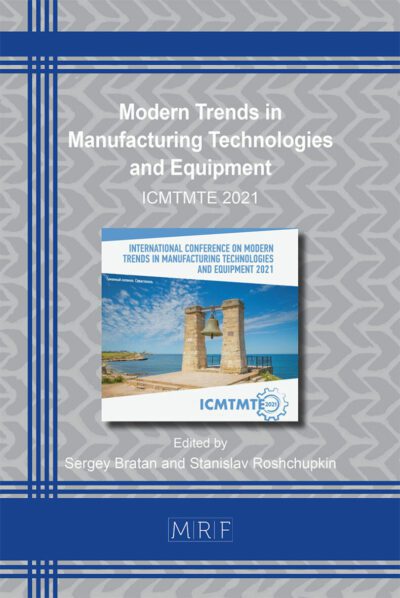Through Thickness Residual Stress and Microstructural Mapping of AA7085-T7452 Die Forging
P.S. Baburamani, K.F. Walker, P.K. Sharp , J. Niclis, A. Shekhter
download PDFAbstract. Significant weight savings and reductions in manufacturing costs have motivated the drive towards the use of unitised structures such as large die forgings in modern aircraft. However, detrimental bulk tensile residual stresses, present in these thick forgings can impact the durability and structural integrity of the primary aerospace structure. Residual stresses can lead to distortion during component machining, and part rejection. In addition, failure to account for the residual stress effects in the fatigue crack growth characteristics of the component in design and in performance could impact the structural integrity. Therefore, there is a need to measure and analyse the residual stresses present in the forged components, and examine the residual stress-microstructure, including grain structure/flow relationship for the forging, if such a relationship could be developed. The preliminary results of this experimental program have shown a link between the measured residual stress and hardness, along with changes in the grain structures through the thickness.
Keywords
Forging, Slitting, Microstructure, Through-thickness, Residual Stress, Hardness
Published online 12/22/2016, 6 pages
Copyright © 2016 by the author(s)
Published under license by Materials Research Forum LLC., Millersville PA, USA
Citation: P.S. Baburamani, K.F. Walker, P.K. Sharp , J. Niclis, A. Shekhter, ‘Through Thickness Residual Stress and Microstructural Mapping of AA7085-T7452 Die Forging’, Materials Research Proceedings, Vol. 2, pp 127-132, 2017
DOI: http://dx.doi.org/10.21741/9781945291173-22
The article was published as article 22 of the book Residual Stresses 2016
![]() Content from this work may be used under the terms of the Creative Commons Attribution 3.0 licence. Any further distribution of this work must maintain attribution to the author(s) and the title of the work, journal citation and DOI.
Content from this work may be used under the terms of the Creative Commons Attribution 3.0 licence. Any further distribution of this work must maintain attribution to the author(s) and the title of the work, journal citation and DOI.
References
[1] G. S. Wilson, A. F. Grandt Jr., R. J. Bucci, R. W. Schultz, Int. J. Fatigue, 31 (2009) 1286-1299. http://dx.doi.org/10.1016/j.ijfatigue.2009.02.023
[2] R. W. Bush, R. J. Bucci, P. E. Magnusen, G. W. and Kuhlman, ASTM STP 1189, Ravinder Chona (Ed.), American Society for Testing and Materials, Philadelphia, 1993 568-589.
[3] D. M. Walker and R. Y. Hom, Advanced Materials and Processes, 160 6 (2002), 57-60.
[4] J. S. Robinson, S., Hossain, C. E. Truman, A. M. Paradowska, D. J. Hughes, R. C. Wimpory, M. E. Fox, Materials Science and Engineering A, 527 (2010) 2603-2612. http://dx.doi.org/10.1016/j.msea.2009.12.022
[5] Z. Zhang, Y. Yang, L. Li, B. Chen, H. Tian, Materials Science and Engineering A, 644 (2015) 61-68. http://dx.doi.org/10.1016/j.msea.2015.07.018
[6] M. B. Prime, and M. R. Hill, Scripta Materialia, 46 (2002) 77-82. http://dx.doi.org/10.1016/S1359-6462(01)01201-5
[7] A. T. DeWald, Measurement report, Hill Engineering, LLC, California, 2016, 6p.
[8] J. S. Robinson, C. E. Truman, S. Hossain, R. Wimpory, Materials Science Forum, 571-572 (2008) 45-50. http://dx.doi.org/10.4028/www.scientific.net/MSF.571-572.45
[9] Altenkirch, J., Steuwer, A., Peel, M., Richards, D. G., Withers, P. J., The effect of tensioning and sectioning on residual stresses in aluminium AA7749 friction stir welds, Materials Science and Engineering A, 488 (2008) 16-24. http://dx.doi.org/10.1016/j.msea.2007.10.055
[10] J. S. Robinson, P. J. Tiernan and J. F. Kelleher, Materials Science and Technology, 31 4 (2015) 409-417. http://dx.doi.org/10.1179/1743284714Y.0000000571

































